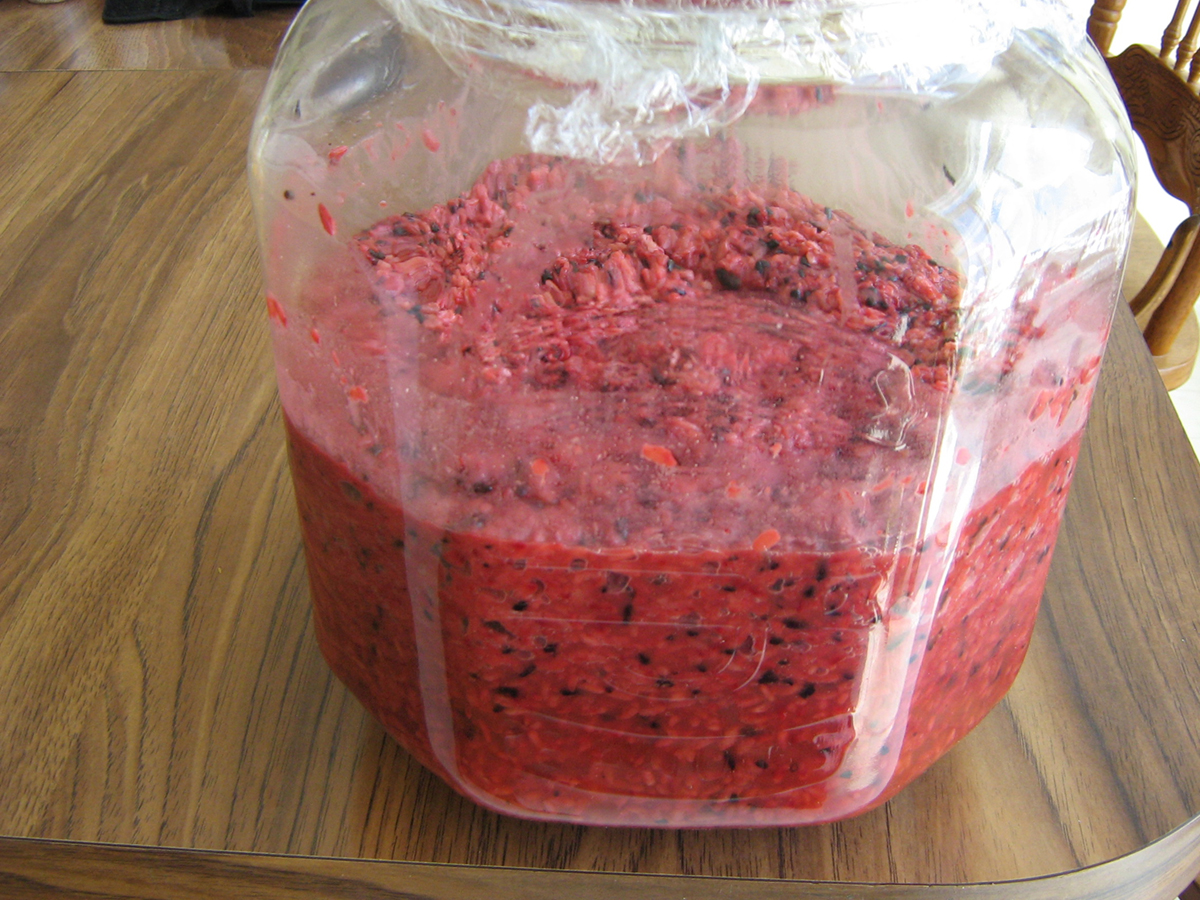
Red yeast rice is a purple fermented rice cultivated with the mold Monascus purpureus. Red yeast rice is produced by cultivating this yeast strain on rice. The process of cultivation starts with soaking the rice in the water, until the grains become fully saturated. In the second stage, the spores of Monascus purpureus are mixed with the wet rice and incubated for 3 to 6 days. During this period, rice will turn red. Fully cultivated rice may be used as a dried grain, as a wet paste made of cooked and pasteurized rice, or as a fine powder. Red yeast rice is used across the Asia and especially in China. Red rice is used by the Chinese as a food colorant and, actually, the red rice is responsible for the characteristic color of Pecking duck. It is also being used in fish sauces, pastes and for rice wine. In addition, red yeast rice has potent medical properties, and it is used for centuries as a natural remedy for poor circulation, indigestion and diarrhea.
Legal dispute
Red yeast rice is used as a natural cholesterol-lowering food supplement. However, there is a legal disagreement about the nature of this substance. The core of the controversy is whether a red yeast rice supplement is in fact a dietary supplement or actually a drug. Red yeast rice contains cholesterol-lowering substances and by the regulations of Food and Drug Administration, it is illegal to sell red yeast rice that contains more than trace amounts of the cholesterol-lowering agents, or to promote red yeast rice for lowering cholesterol levels.
Medical properties of red yeast rice
Chinese traditional medicine is familiar with health benefits of red yeast rice for more than thousand years. It has been used as a natural remedy to improve blood circulation, overcome diarrhea, and help with indigestion conditions. Certain compounds found in red yeast rice, known as monacolines, are able to restrain the synthesis of cholesterol and optimize the levels of blood lipids. Research studies show that red yeast rice helps lowering the bad cholesterol (LDL) and triglyceride levels. On the other hand, red yeast rice may increase the good cholesterol (HDL) levels. Bad cholesterol may contribute to arterial plaque buildup and cause arteriosclerosis, obstructing the blood flow and hardening the arteries. Regular use of red yeast rice may therefore prevent many cardio vascular diseases including a heart attack and stroke.
Dosage
The dosage of red rice yeast for adults over 18 years old is approximately 1,200 milligrams of concentrated yeast powder capsules, two times a day. There is no scientifically established recommended daily dose for children.


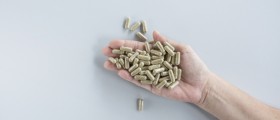
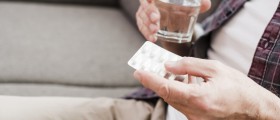
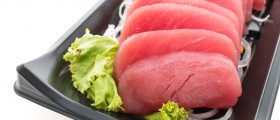
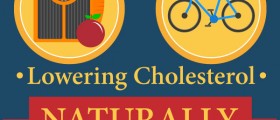

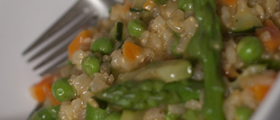
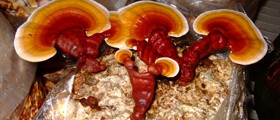
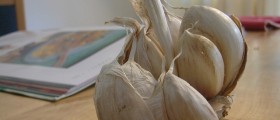
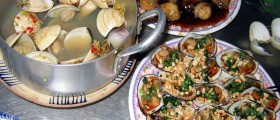

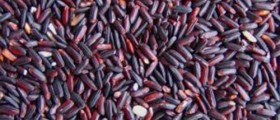

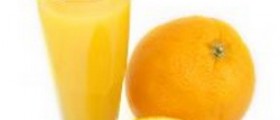

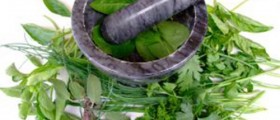
Your thoughts on this
Loading...